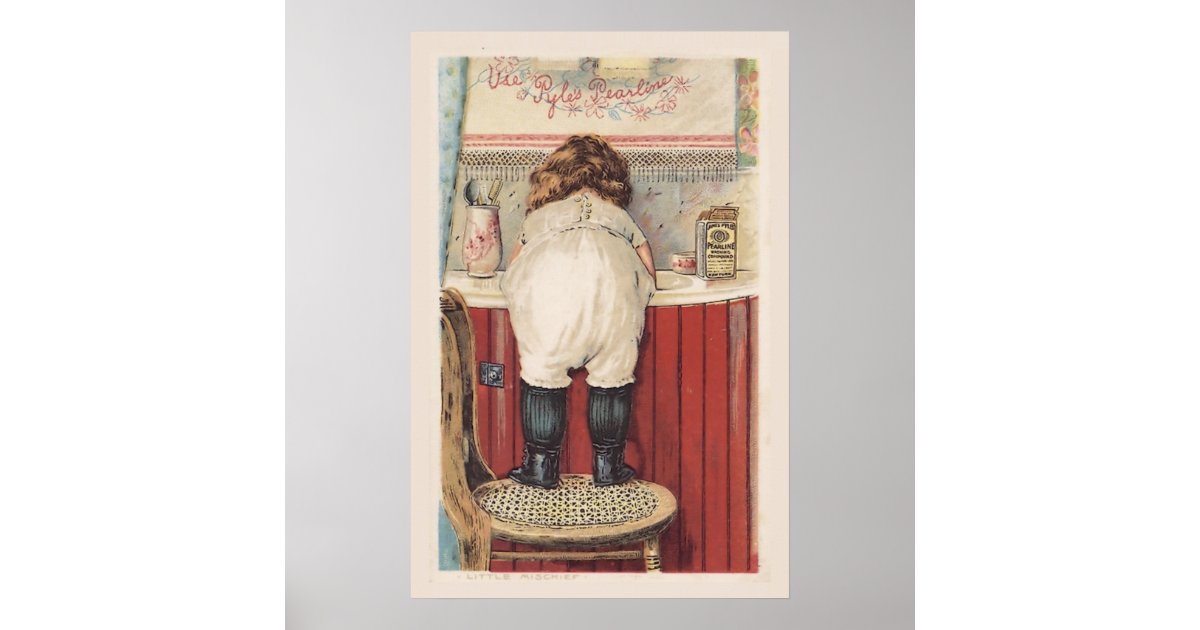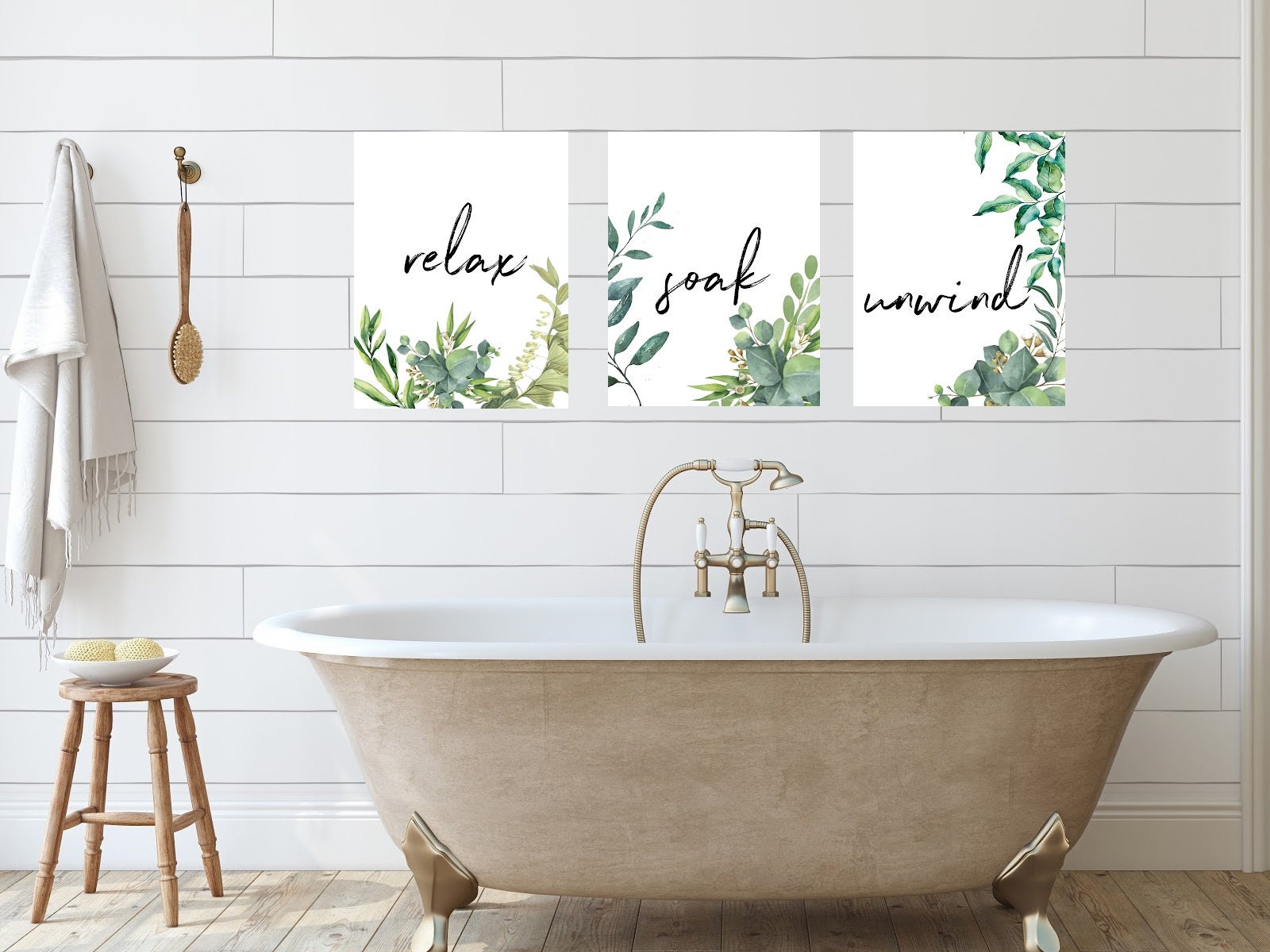Retro Wall Art History and Styles: Retro Bathroom Wall Art

Retro bathroom wall art – Retro wall art in bathroom décor has its roots in the revival of past design aesthetics, primarily from the 1920s to the 1980s. This resurgence of retro styles in bathroom design has been driven by a growing appreciation for the nostalgia and unique character that these vintage aesthetics bring to modern spaces.
Retro bathroom wall art is an eclectic mix of old-world charm and modern aesthetics. Its bold colors and geometric patterns can instantly transform a space, creating a nostalgic ambiance. If you’re looking to add a touch of retro flair to your craftsman living room , consider incorporating a piece of retro bathroom wall art.
Its vibrant hues and playful designs will complement the warm wood tones and cozy furnishings of your craftsman-style abode, creating a harmonious blend of past and present.
Retro wall art encompasses a diverse range of styles, each with its distinctive characteristics. Some of the most popular retro styles include:
Art Deco, Retro bathroom wall art
Art Deco, which emerged in the 1920s, is characterized by its geometric patterns, bold colors, and sleek lines. This style often features stylized depictions of nature, such as flowers, leaves, and animals.
Mid-Century Modern
Mid-Century Modern, popular from the 1940s to the 1960s, emphasizes functionality and simplicity. This style typically uses organic shapes, muted colors, and natural materials such as wood and leather.
In the realm of retro bathroom wall art, a touch of nostalgia can transform a mundane space into a sanctuary of style. From vibrant hues to geometric patterns, these prints evoke an era of bold design. For those seeking inspiration across the globe, bathroom prints for wall australia offer a curated collection of retro masterpieces, capturing the essence of mid-century modernism and art deco flair.
Memphis Design
Memphis Design, which emerged in the 1980s, is known for its playful and eclectic use of colors, patterns, and geometric shapes. This style often incorporates bold colors and unexpected combinations, creating a vibrant and energetic atmosphere.
Design Elements and Materials

Retro bathroom wall art is characterized by its bold colors, geometric patterns, and use of materials like ceramic tiles, glass, and metal. These elements combine to create a unique and eye-catching look that is both nostalgic and modern.
The colors used in retro bathroom wall art are often bright and vibrant, such as turquoise, pink, yellow, and orange. These colors are often used in combination with black and white to create a striking contrast. Geometric patterns are also common in retro bathroom wall art, such as stripes, checkers, and polka dots. These patterns add a sense of playfulness and fun to the space.
Materials
The materials used in retro bathroom wall art vary depending on the style and era. Ceramic tiles are a popular choice for retro bathroom walls, as they are durable and easy to clean. Glass tiles are also a good option, as they can add a touch of glamour to the space. Metal tiles are less common, but they can add a touch of industrial chic to the bathroom.
Installation and Display

Installing and displaying retro wall art in a bathroom requires careful consideration to complement the overall aesthetic. Here are some guidelines to help you achieve a harmonious and visually appealing space.
When selecting wall art for your retro bathroom, it’s crucial to consider the size, placement, and color scheme. Choose pieces that are proportionate to the size of the bathroom and complement the existing décor. For smaller bathrooms, opt for smaller wall art to avoid overwhelming the space, while larger bathrooms can accommodate larger pieces.
Placement
The placement of retro wall art is essential to create a visually balanced and cohesive look. Consider the focal point of the bathroom, such as the vanity or bathtub, and arrange the wall art accordingly. Wall art can be hung above the vanity, behind the toilet, or on an empty wall to add visual interest.
Color Scheme
The color scheme of the retro wall art should complement the existing colors in the bathroom. Choose pieces that match or contrast with the wall color, tiles, or fixtures. For example, if your bathroom has a blue and white color scheme, you could opt for wall art with similar hues or go for a contrasting color like yellow or pink to add a pop of vibrancy.